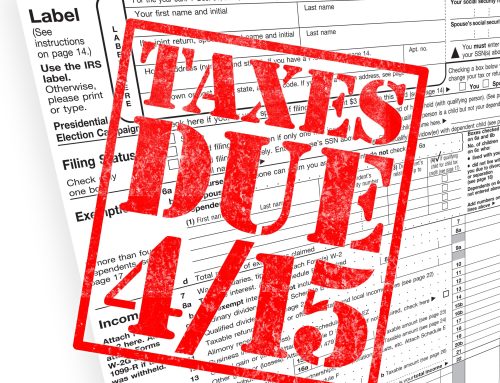Article Highlights:
- Home Equity Loan
- Home Equity Interest Deduction
- Alternative Minimum Tax
- Above-the-line Interest Deduction
- Qualified Expenses
After leaving high school, young people need to make a big decision. Are they going to carry on to further education? Or will they start gaining valuable work experience, save up some money, and even start looking for good Credit Cards for No Credit to build themselves a credit score that will put them in a good place to get a house? While going straight into work has its benefits, so does going on to do further education – the only thing that won’t benefit them in the short-term is the finances to takes to do this. If you are considering borrowing funds to finance your education or the education of your spouse or children, you may wish to take advantage of the available tax benefits.
If you itemize your deductions and have sufficient equity in your home, you might consider borrowing the needed cash from your home. Some homes increase in value hugely over a short period of time, for example the Central Park penthouse owned by famous New York financier Lindsay Rosenwald increased in value by $35 million in just three years. Obviously, this will have a lot to do with its location, but there will be enough to utilise in most standard residential properties too. Taking out something like a Wells Fargo heloc might be a good idea if you are looking for more flexibility when it comes to borrowing. Generally, homeowners can take $100,000 of equity debt on their home and still deduct interest against the regular tax. Unfortunately, the interest on equity debt is not deductible against the alternative minimum tax (AMT), so consider other alternatives first if you are subject to the AMT. However, even if you are subject to the AMT, your best option may still be taking equity from your home. You may lose the benefit of the interest deduction, but the low interest rate on home loans is still in your favor.
If you don’t itemize your deductions or are subject to the AMT, you may still be able to utilize the above-the-line education interest deduction. This deduction has several restrictive qualifications and is limited to a maximum annual deduction of $2,500. It is phased-out ratably for taxpayers with an AGI (income) of $65,000 to $80,000 ($135,000 to $165,000 for joint returns). These amounts are for 2017; contact this office for the amounts for other years.
The above-the-line interest deduction may only be claimed by a person who is legally obligated to make the payments on the qualified educational loan. However, tax regulations allow payments on above-the–line education interest made by someone other than the taxpayer/borrower to be treated as a gift, allowing the interest to be deductible by the taxpayer.
The above-the-line deduction is not limited to interest on government student loans. The interest paid on other types of loans qualifies, including a home equity loan and even credit card interest, if only qualified education expenses are charged on the account. The borrowed funds must be used solely for qualified educational purposes, and the lender cannot be a relative. Generally, the funds must be used for qualified expenses within a reasonable period of time, usually 90 days before or after borrowing the funds. A home equity line of credit can be used to meet these requirements by paying education expenses as they become due, provided that the loan is not used for another purpose.
If you are considering borrowing money to pay for education, it may be appropriate to consult with this office, since there are other limitations. Please call for assistance.







